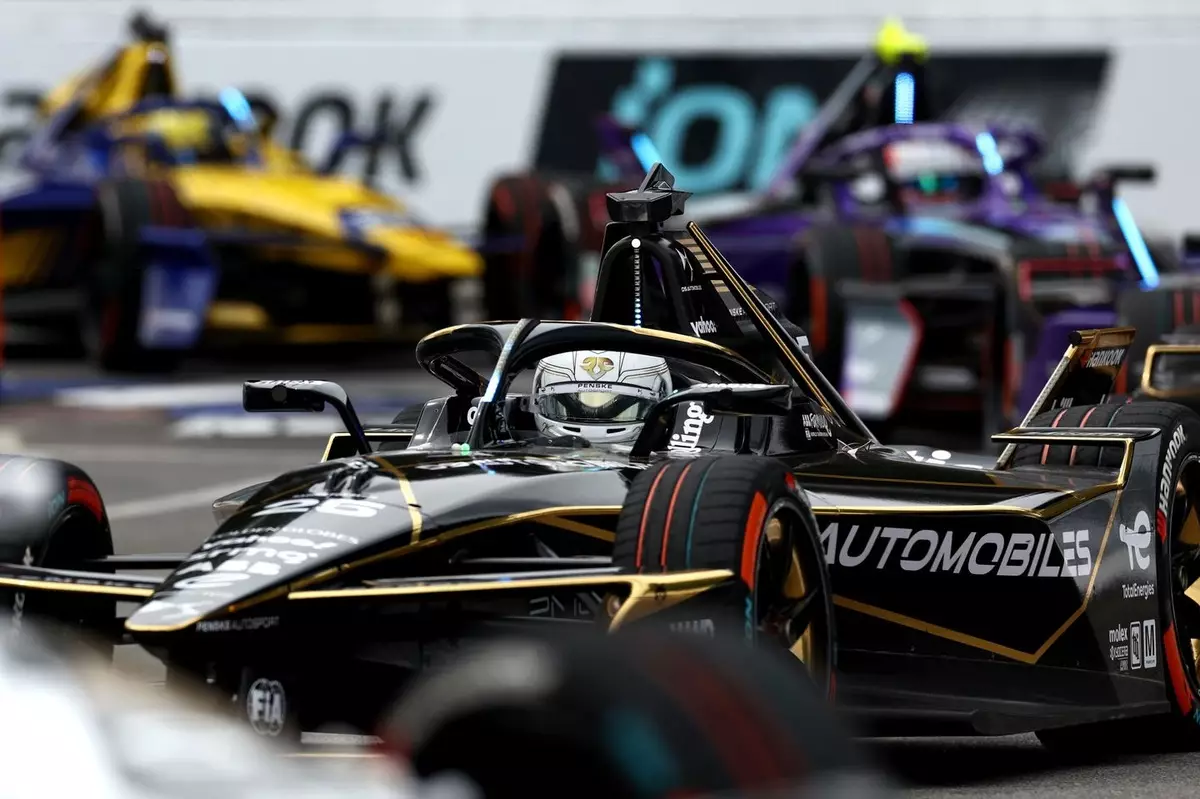As the Formula E series continues to evolve, its two-time champion Jean-Eric Vergne has emerged as a vocal critic regarding the implications of its latest innovations. With the introduction of the highly anticipated Pit Boost at the upcoming Jeddah E-Prix, the series is entering a new phase that promises both enhancements and challenges. The racing calendar now resonates with the rhythms of change, but with these changes often comes uncertainty. Vergne’s insights shed light on this complex landscape, urging stakeholders to consider the unintended consequences that may arise.
The anticipation surrounding the Pit Boost, debuting on February 14-15, reflects Formula E’s commitment to progress. This innovation involves a mandatory pit stop where every car receives a 10% battery recharge at a staggering 600kW. Designed with cutting-edge technology, it is expected to impact race dynamics significantly. However, Vergne’s apprehensions highlight a fundamental concern: could this new regulation disrupt the competitive balance? With longer pit stops, there’s potential for the leading racer to fall behind, rendering their earlier achievements moot if they misjudge the timing of their pit stop against the competitors and external factors like safety cars.
Moreover, vergne’s caution extends to the potential for luck to overshadow skill. If a driver catches a break and has their pit stop coincide with a safety car, they might emerge with an insurmountable advantage, undermining the spirit of fair competition. This prospect raises questions about the reliability of competitive outcomes when external factors, rather than driving prowess, determine success.
Alongside the Pit Boost, significant modifications have been made to the Gen3 Evo cars, particularly the softer Hankook tires and the enhanced four-wheel drive system, visible through the staggering lap time improvements observed in recent races. This year, pole positions saw a remarkable decrease in lap time, with records dropping by nearly three seconds. While the pursuit of enhanced performance is a fundamental goal of Formula E, the question arises: is the series moving too quickly? The integrity of racing can be jeopardized if the rules evolve rapidly, resulting in gaps in understanding among teams regarding optimal strategies.
In the eyes of drivers like Vergne, the delicate balance between innovation and maintaining consistent competitive structures is at risk. As lap times drop and strategies evolve, a cohesive approach to regulation must accompany technological advancements to ensure that races remain unpredictable and exciting.
The concept of Attack Mode has also garnered attention, particularly following its integration with the new four-wheel drive system. While intended to amplify the excitement of racing, this feature has proven to be a double-edged sword. Vergne pointed out that the effectiveness of Attack Mode could be derailed by poor timing, particularly when a full-course yellow is deployed right after activation. Such occurrences can disproportionately impact drivers who optimally timed their Attack Mode activation, leaving them vulnerable to losing precious race time.
This inconsistency introduces a new layer of frustration into the competitive environment, as skill and strategy become overshadowed by elements of chance. As Vergne expressed, the repercussions of bad luck during critical moments not only damage individual races but can also taint the broader championship narrative, where consistent performance is crucial for title aspirations.
Both Vergne and fellow driver Sebastien Buemi have echoed concerns regarding the current state of regulations in Formula E, emphasizing the need for fairer systems that account for the myriad variables influencing race outcomes. Finding strategic solutions to mitigate the randomness associated with pit stops and attack modes may require collaborative dialogue among regulators, teams, and drivers alike.
Ultimately, while the innovations introduced this season signal a forward-thinking approach, the considerations raised by experienced racers like Vergne emphasize the importance of adaptability in sporting regulations. The balance between technology and the human element of racing is fragile, and thus, it is vital that Formula E navigates this evolution without compromising its essence as a premier motorsport series.
As Formula E aligns on the precipice of transformation, thorough introspection regarding its innovations is paramount. The experiences and predictions shared by Jean-Eric Vergne serve as a call to action—to embrace advancements while simultaneously safeguarding the integrity of racing. Only then can the championship thrive amidst its exciting endeavors.


Leave a Reply